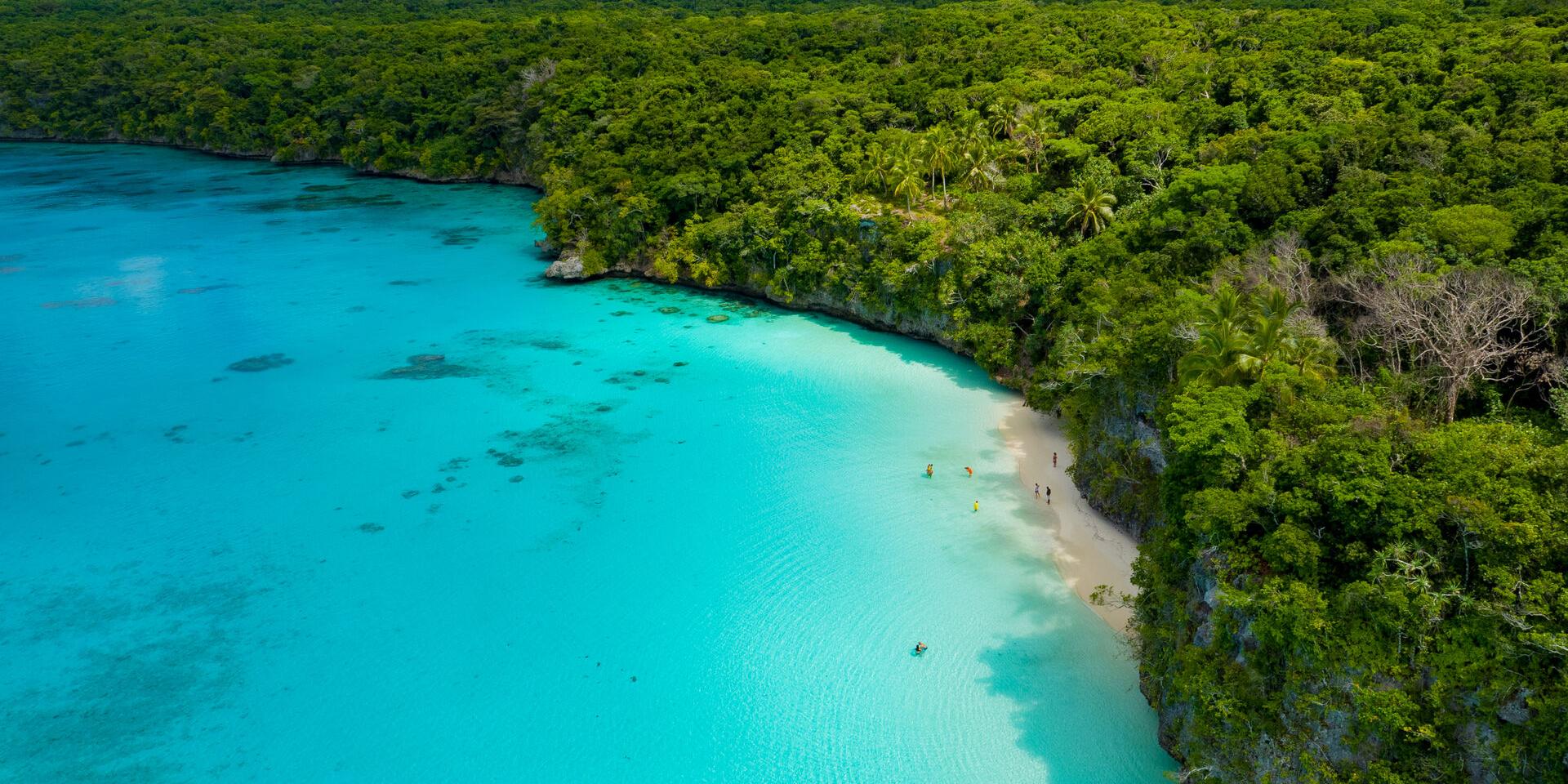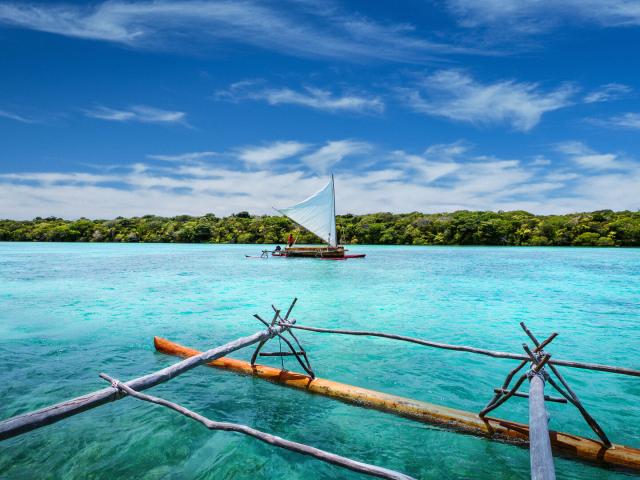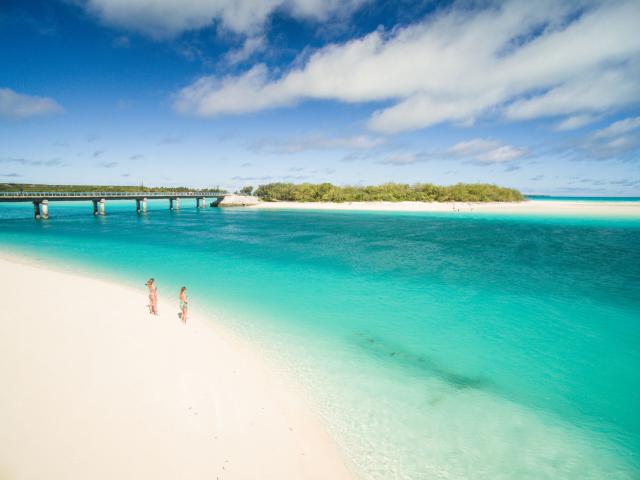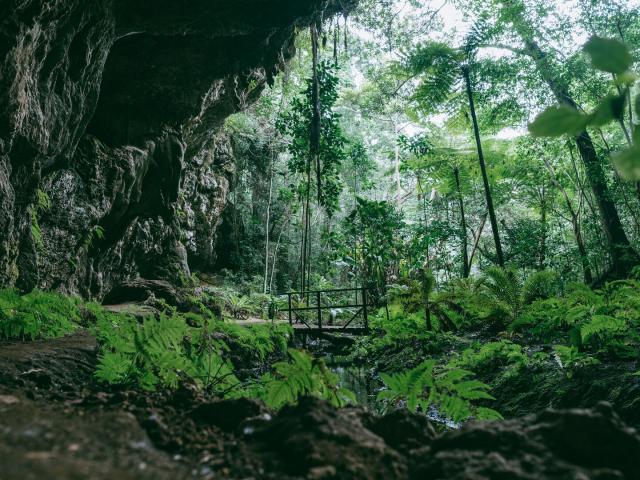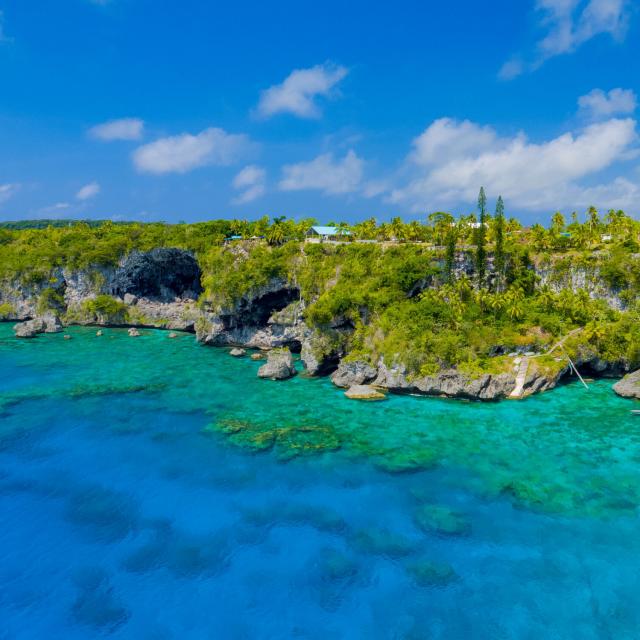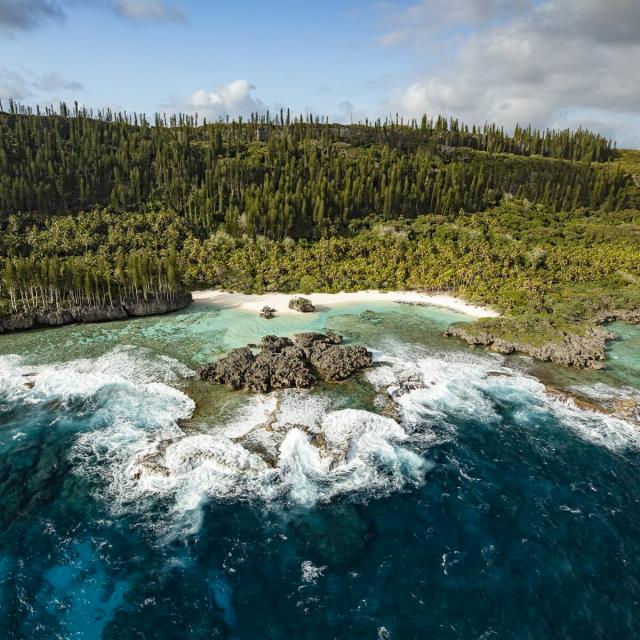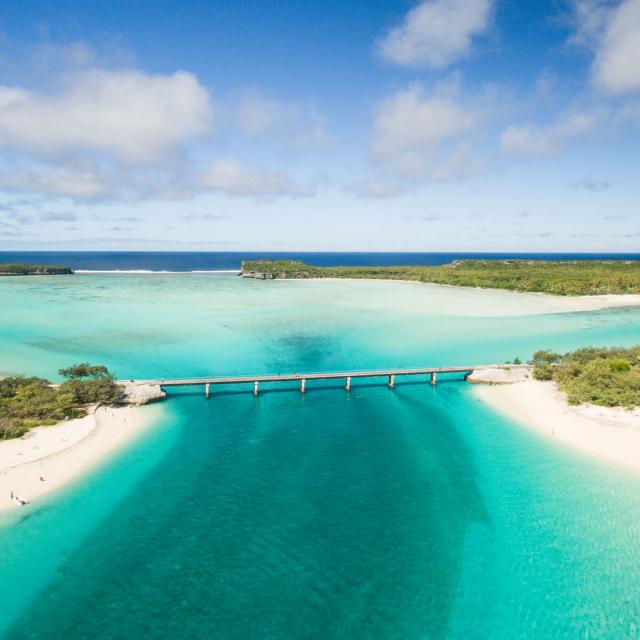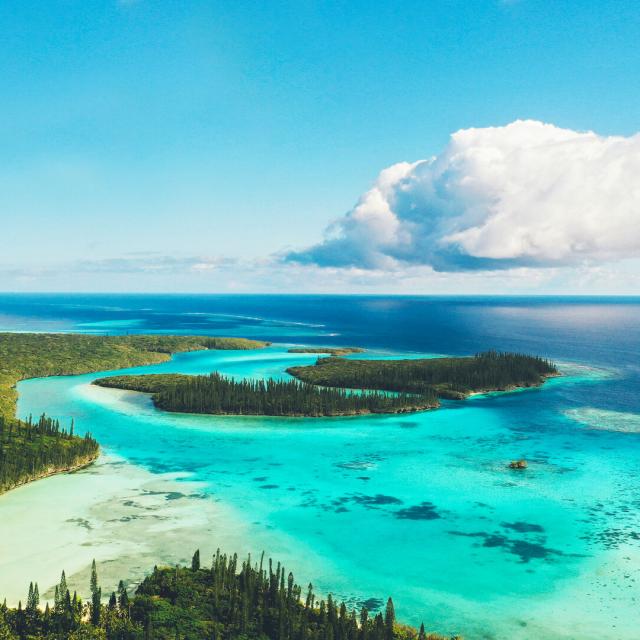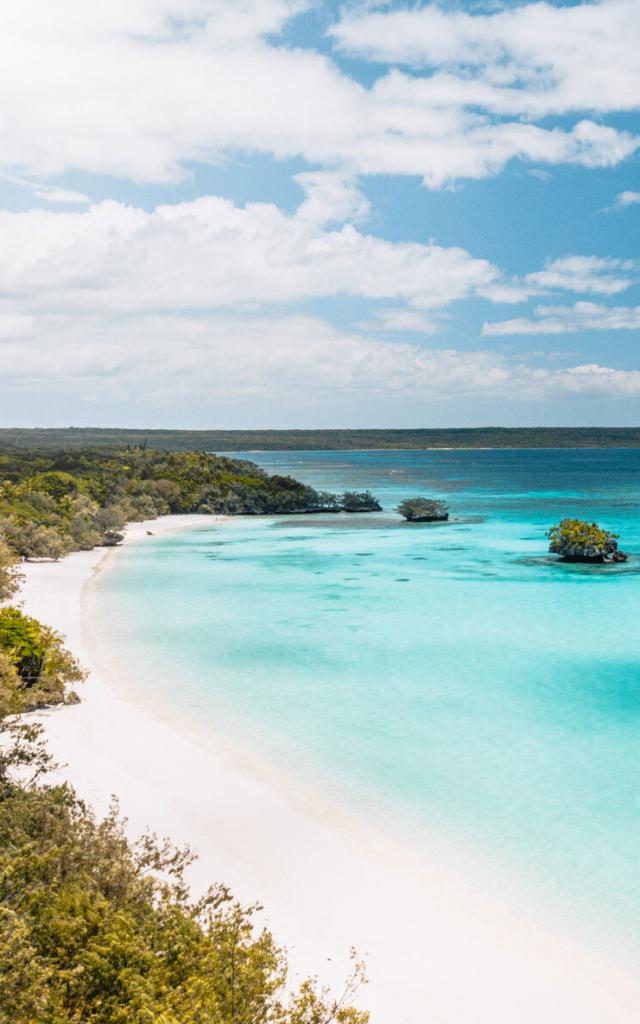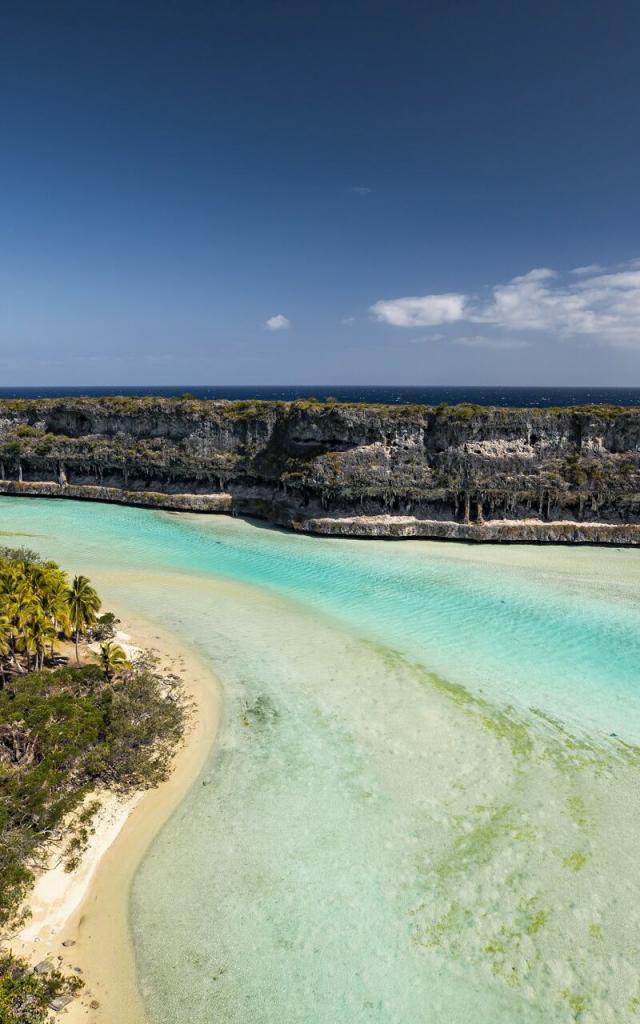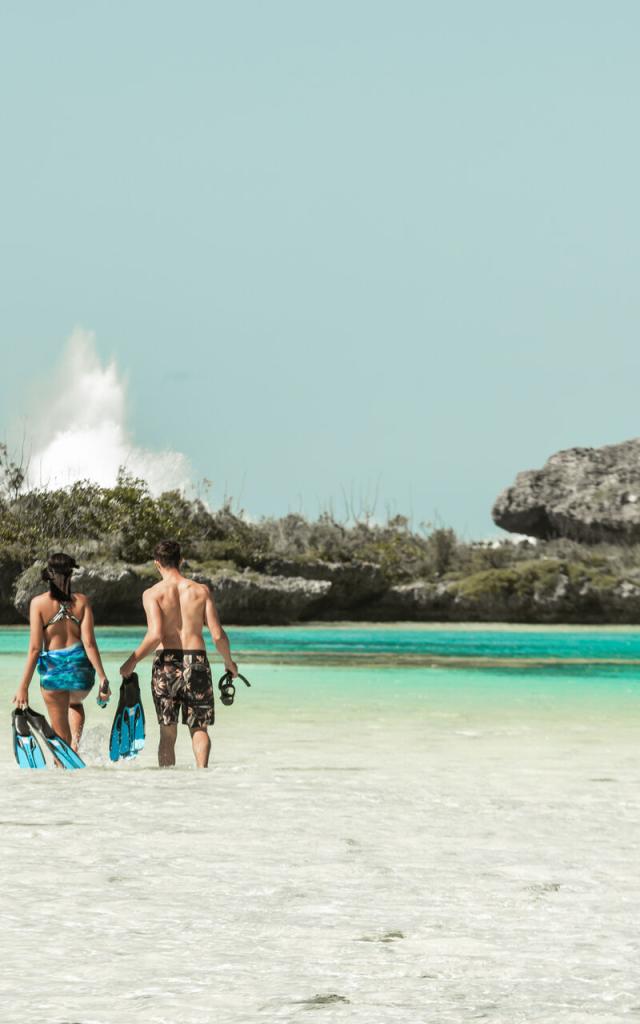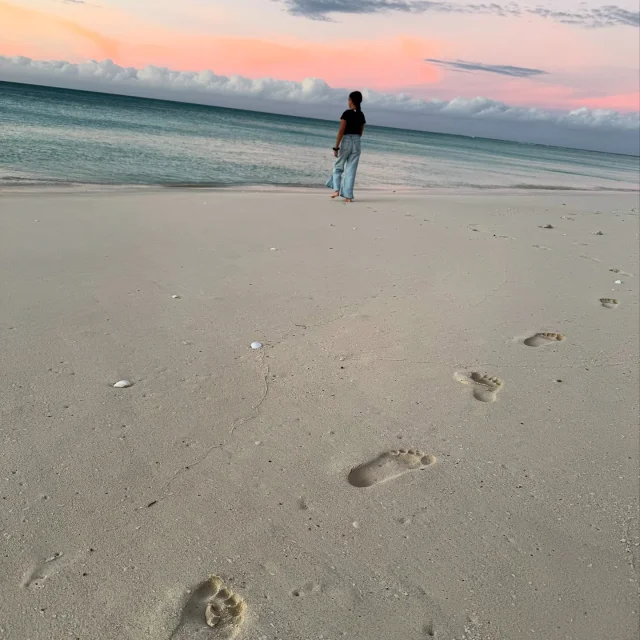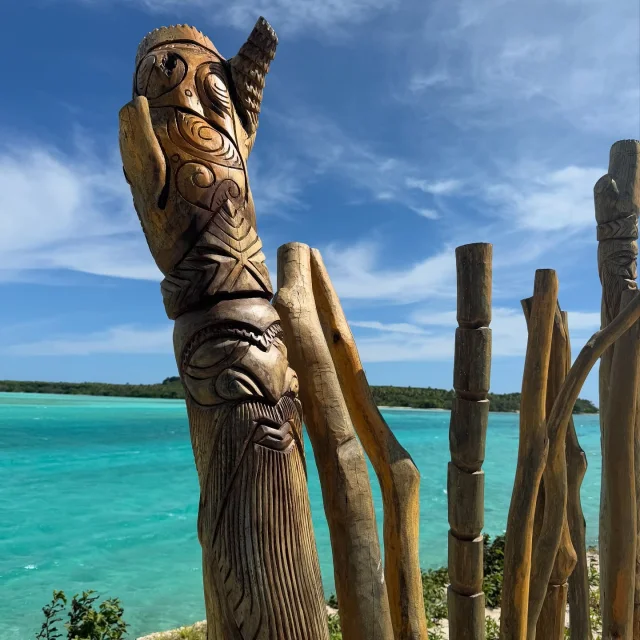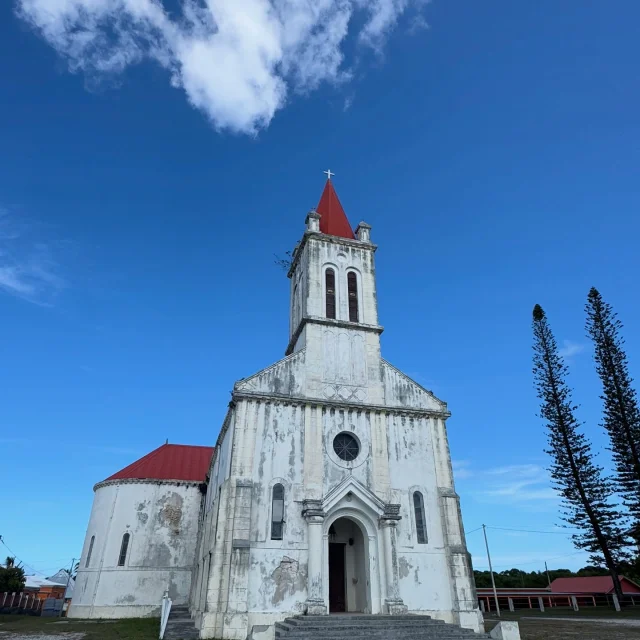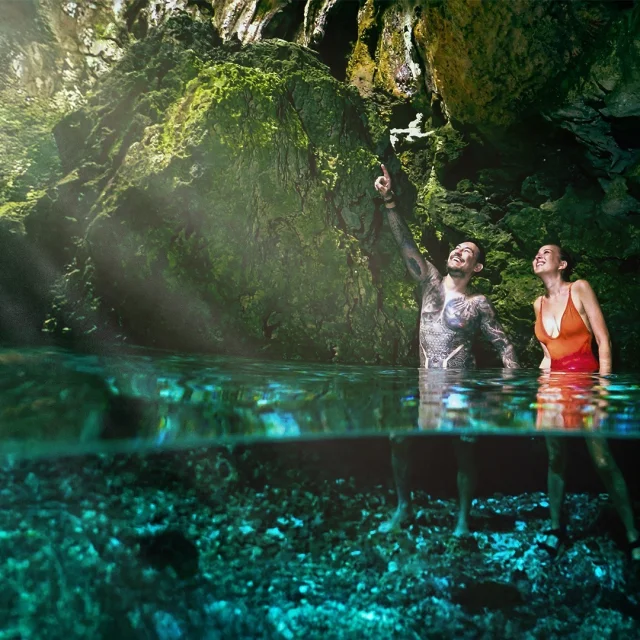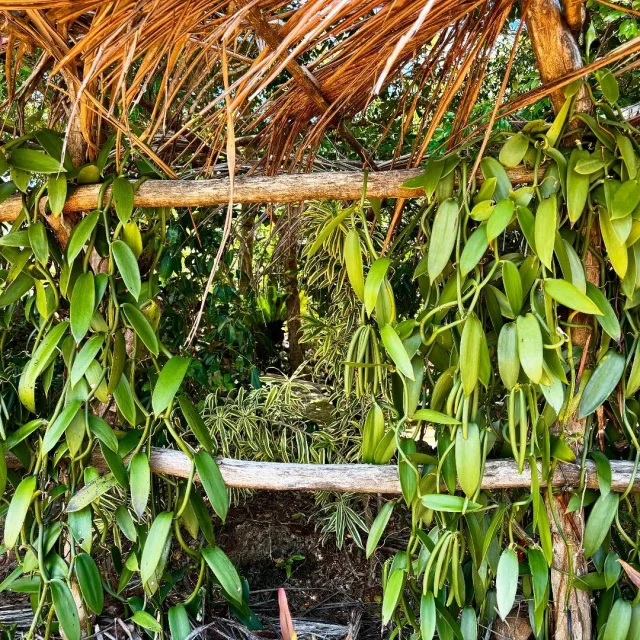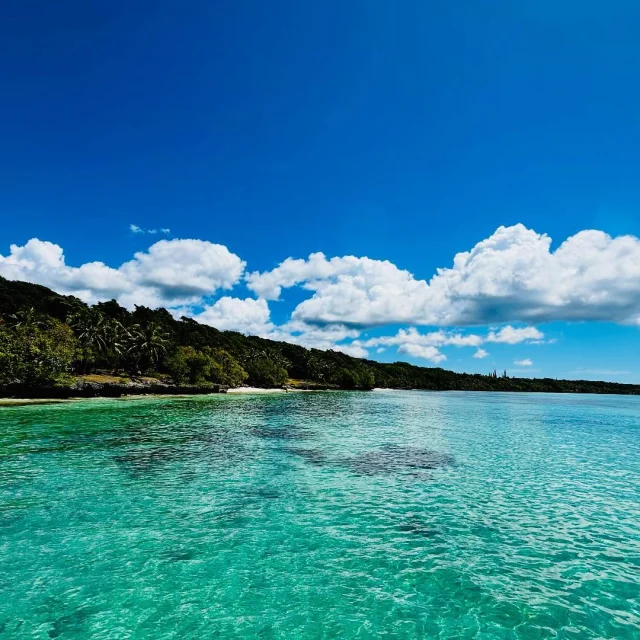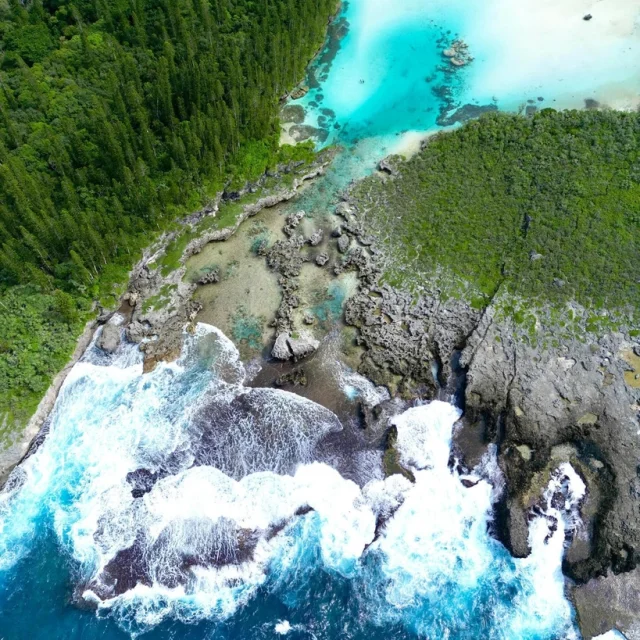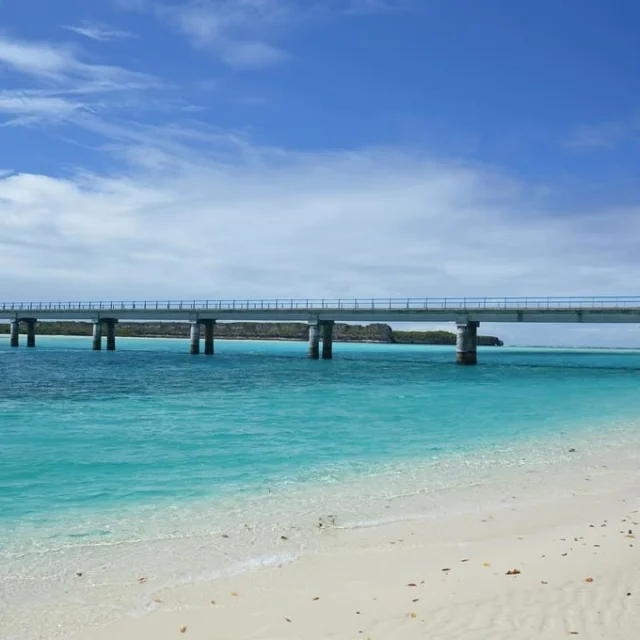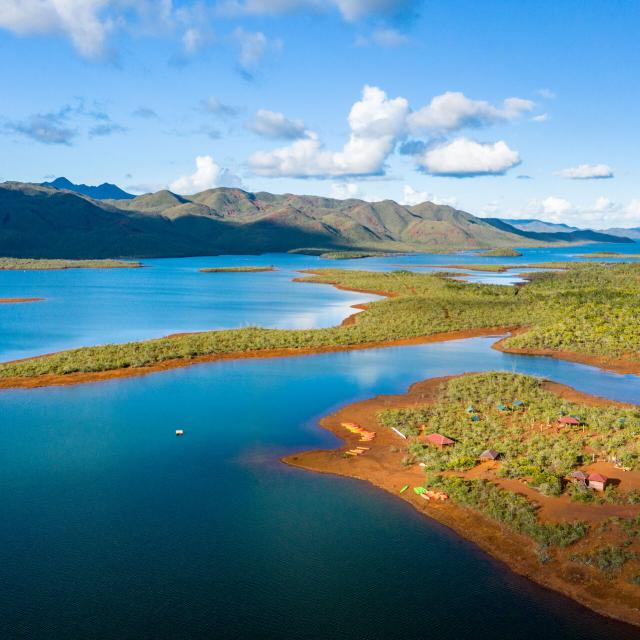From Ouvéa to the Isle of Pines, via Lifou, Tiga, and Maré, the five islands bordering Grande Terre attract visitors in search of wilderness, idyllic beaches, and authenticity. While each has its own character, what the islands of New Caledonia have in common is that they offer travellers a warm welcome in the Kanak tribe, a singular history, and landscapes of incredible beauty, all far removed from mass tourism. A stay on the Loyalty Islands or Isle of Pines will give you an incomparable feeling of disconnection!
To reach the Loyalty Islands and the Isle of Pines, there are two options: by plane or by ferry. From Nouméa, you’ll need to head to the domestic airport for your flight (30 to 50 minutes depending on your destination). Please note that the Nouméa – Magenta domestic airport is located to the south of the city, not next to the international airport. The Betico company offers ferry services to the islands, departing from the Nouméa ferry terminal. While the Isle of Pines can be visited on a day trip by both ferry and plane, we recommend flying to Ouvéa, Lifou, or Maré.
For an immersive experience in the daily life of the locals through authentic interactions, consider booking accommodation with a tribe. If possible, align your travel dates with local events, providing opportunities to share special moments with your hosts in a friendly, festive atmosphere. Package deals are available for these events. To simplify the booking process, reach out to local agencies or the New Caledonia Tourism Office.

